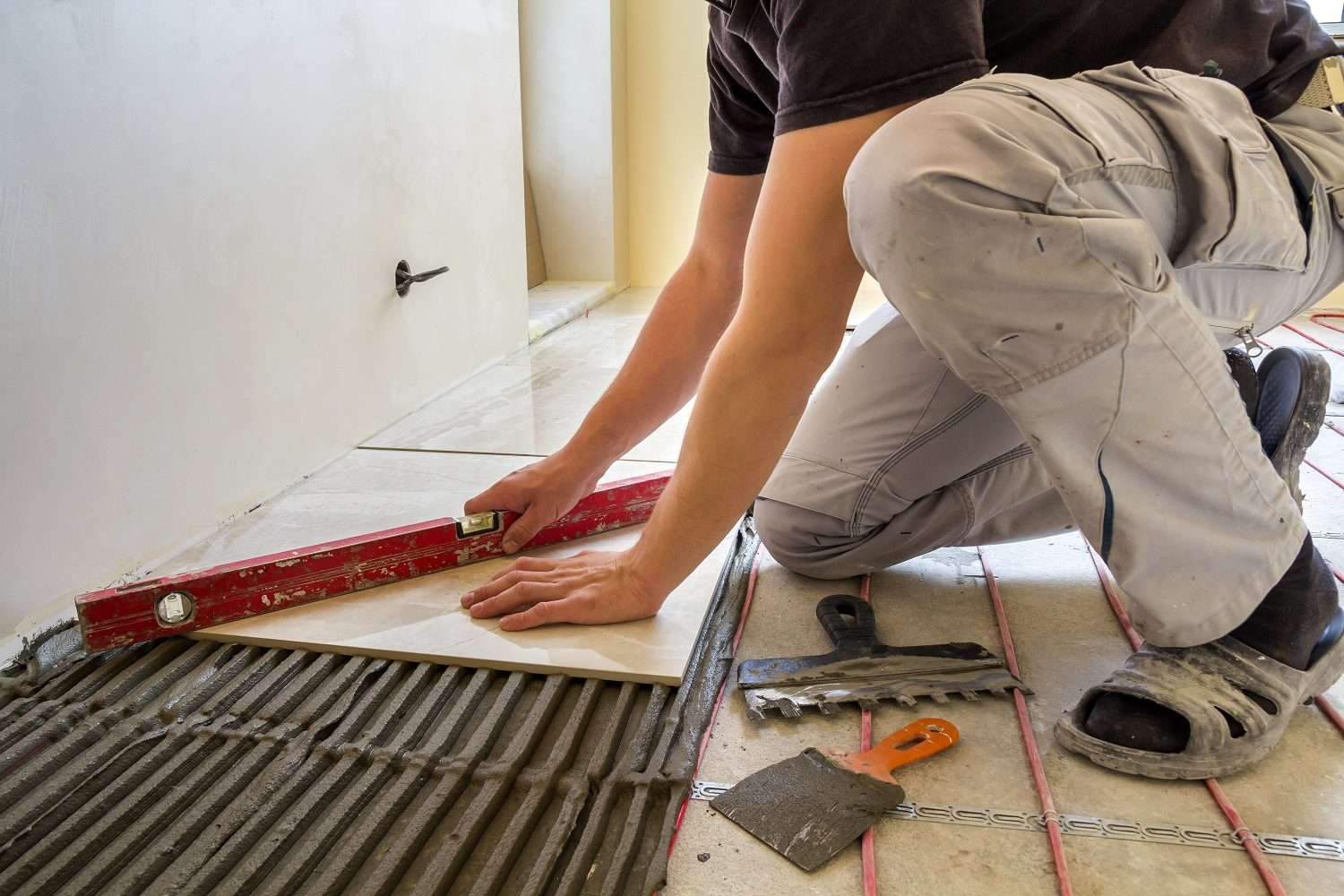You’ve heard it before: Social media rewards the risk takers. The more vulnerable you are, and the more you tinker with a platform’s latest features, the better you’ll fare. But even in the ever-changing worlds of Meta, Twitter, and TikTok, there are some social media mistakes that are best to avoid.
AD PRO consulted a few experts on common errors and their best advice for building your digital presence.
Mistake 1. “People will hire me if they love my design work.”
One of the biggest, most consistently made social media mistakes? Assuming that photos of your work will be enough to turn a passive viewer into a client. Although interior designers routinely show post after post of polished interiors, many do so at the exclusion of sharing their most important marketing asset: Themselves.
“In the luxury market, clients buy you first and your portfolio second,” says personal branding coach Rachael Bozsik. “Meaning, they need to feel like they know you and can trust you, and you’ll serve as a professional adviser and ‘friend’ on behalf of their most important investment—their home.” Emily Glanz, founder of Social Butterfly Digital Marketing, agrees. “Your image is very important,” she says, advising designers to showcase themselves.
Buy now for unlimited access and all of the benefits that only members get to experience.
Before you post any selfies, though, Bozsik says it’s critical to keep your client in mind: “If you want luxury clientele, use luxury images for posting. That means even for more personal photos, like those taken with your family—make sure they’re professional.” Glanz, on the other hand, feels that adding more candid, less-staged images is important. “Too many perfectly polished images can leave a feed looking stale. It’s important to also post pictures at site visits, construction sites, your team at lunch,” she says. “A lot of time the authentic posts get the best engagement.”
Interiors and architecture photographer Molly Rose says that only posting projects creates a feast-or-famine social media cycle between photo shoots. “When you’re ‘out’ of content, post some reels and stories. They can be once a week or even less, as long as you’re utilizing the other content types—process shots, images of yourself, and so on,” she says. “Give yourself permission to be flexible in the time between photo shoots.”
Mistake 2. “Captions and comments don’t matter.”
Yes, people have shorter attention spans than ever before, but assuming that everyone will ignore captions, comments, and your bio is a potentially costly mistake. “Your clients are going to read your Instagram posts prior to calling you,” Bozsik says. “So, use captions to tell a story about the client…of their obstacles and vision of the project. How you solved those problems and created a beautiful home.”
Interior and architecture photographer Molly Rose, who runs a course called “Instagram in a Day” for interior designers, says that captions are “an opportunity to educate a potential future client about what working with you could look like, how you resolve problems.” Glanz emphasizes that comments are equally important. “When you respond to comments, even with an emoji, it makes you seem approachable and friendly,” she says. “You don’t need to do this in real time, but within 24 or 48 hours. It lets people know they’ve been heard and most importantly, builds trust with your audience.”





